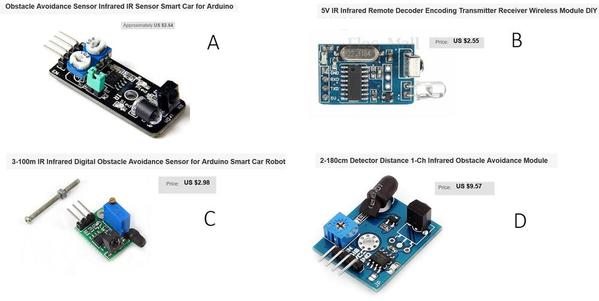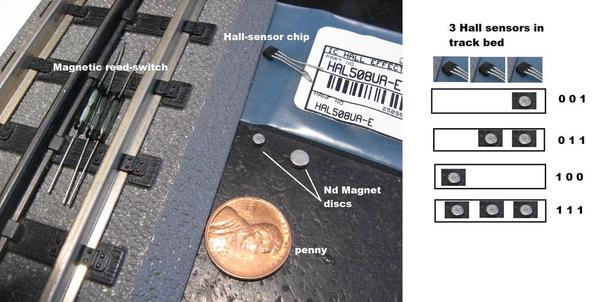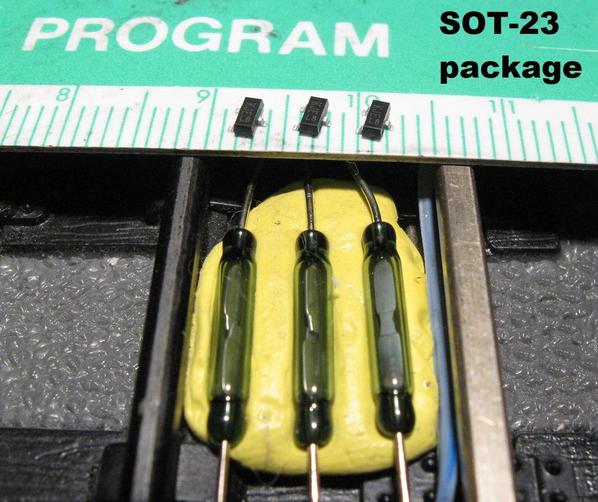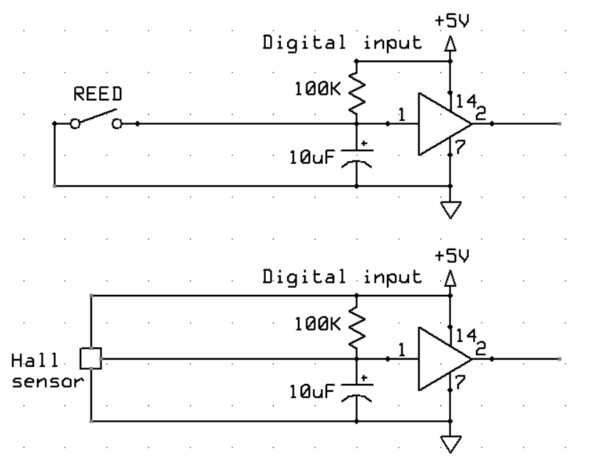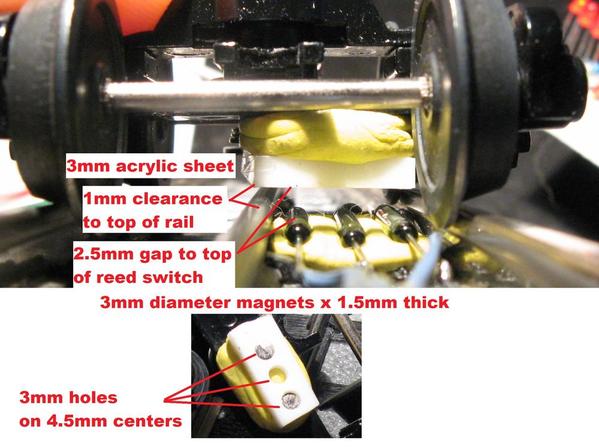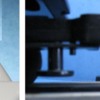As for your application for model train ID...
As a general comment, I think you're on the right track to ride on to the coat-tails of an existing hi-volume/consumer NFC technology especially if you can get a shield and raid already existing code. Nothing profound here.
I'm NOT speaking from experience but IMO the problem with NFC technology specific to O-gauge would be parallel tracks. That is, if you are using RF to detect objects within, say, a 6 inch range, what happens if the device of interest is running a few inches away on the neighboring track rather than the one you're interested in? To be sure there are RF shielding techniques to "focus" RF energy...but it's not obvious to me you won't pull out all your hair messing with this!
I'd say the closest off-the-shelf "system" for model train ID is Lionel LCS which localizes to a specific track but it's not passive and not inexpensive. I think think it's a non-starter for a DIY project if ID is the application. There have been numerous schemes to print bar-code labels (passive) and optically scan passing devices. This of course gives you localized, per-track,, recognition which I think is a requirement. So again it comes down to exactly what you are trying to accomplish. An optical reader can detect whether the bar-code is being read forward or reverse to decode direction...and even sense speed. Then you can argue multiple NFC detectors can do the same with a dab of software.
I guess I'm saying it comes down to exactly what you are trying to accomplish. What's a must-have vs. a nice-to-have? How fat is your wallet? The same-old same-old engineering/cost tradeoffs. As they say, good, cheap, fast...choose 2!
I realize this is a somewhat wishy-washy response - but worthy of further discussion.
Stan;
You're correct in your analysis (all of it!). I don't have the issue with parallel tracks (and am not currently expecting to).
I checked out Lionel's ICS and again you're correct about cost. It's not the cost of the LCS gadgets that bothers me -- it's the cost of replacing my MTH PS2/3 engines with Lionel LCS engines!
Gunrunnerjohn pointed out that the sensor track could be adapted to other track (presumably MTH RealTrax) and if one does not have LCS equipped engines, then pull a Lionel LCS equipped boxcar.
I don't know if there is any alternative to the boxcar but I wouldn't want to put a boxcar on my PRR passenger train -- it would look funny.
I suppose one could take the guts of the Lionel LCS boxcar and insert them into some other car (for my PRR passenger train, it would have to be one of the Madison cars).
There are 2 alternative RFID solutions I may pursue;
1. a really small RFID antenna (Micro NFC/RFID Transponder - NTAG203 13.56MHz) from Adafruit in New York.
2. another antenna solution from Adafruit is the 13.56MHz RFID/NFC Plastic Nail
Each of these could be read with the Adafruit PN532 NFC/RFID Controller Shield for Arduino + Extras.
Two antenna solutions -- one reader.
The antenna to reader distance differs between the two. I like #1 but it requires the reader be almost in contact with the antenna.
#2 allows the reader to be 2-4 inches from the antenna -- easier to accomplish on the layout.
I'm also waiting for some technical info in an email replay from a company about Bar Code readers and the sizes of the bar codes.
Right now, without considering Lionel LCS, it looks like Bar Codes and RFID are the possibilities.
I think I've ruled out Computer Vision since it seems to require more processing than I probably have, but I'm not really sure since I don't really understand enough about CV to totally rule it out.
I'm having great difficulty in getting someone to deal specifically with my requirements.
Everyone I've talked to thus far seems to want to approach the CV issue in a completely general way and I'm not convinced that's really necessary.
I'm having a little trouble letting it slide, but I'll probably have to soon.
Ray





